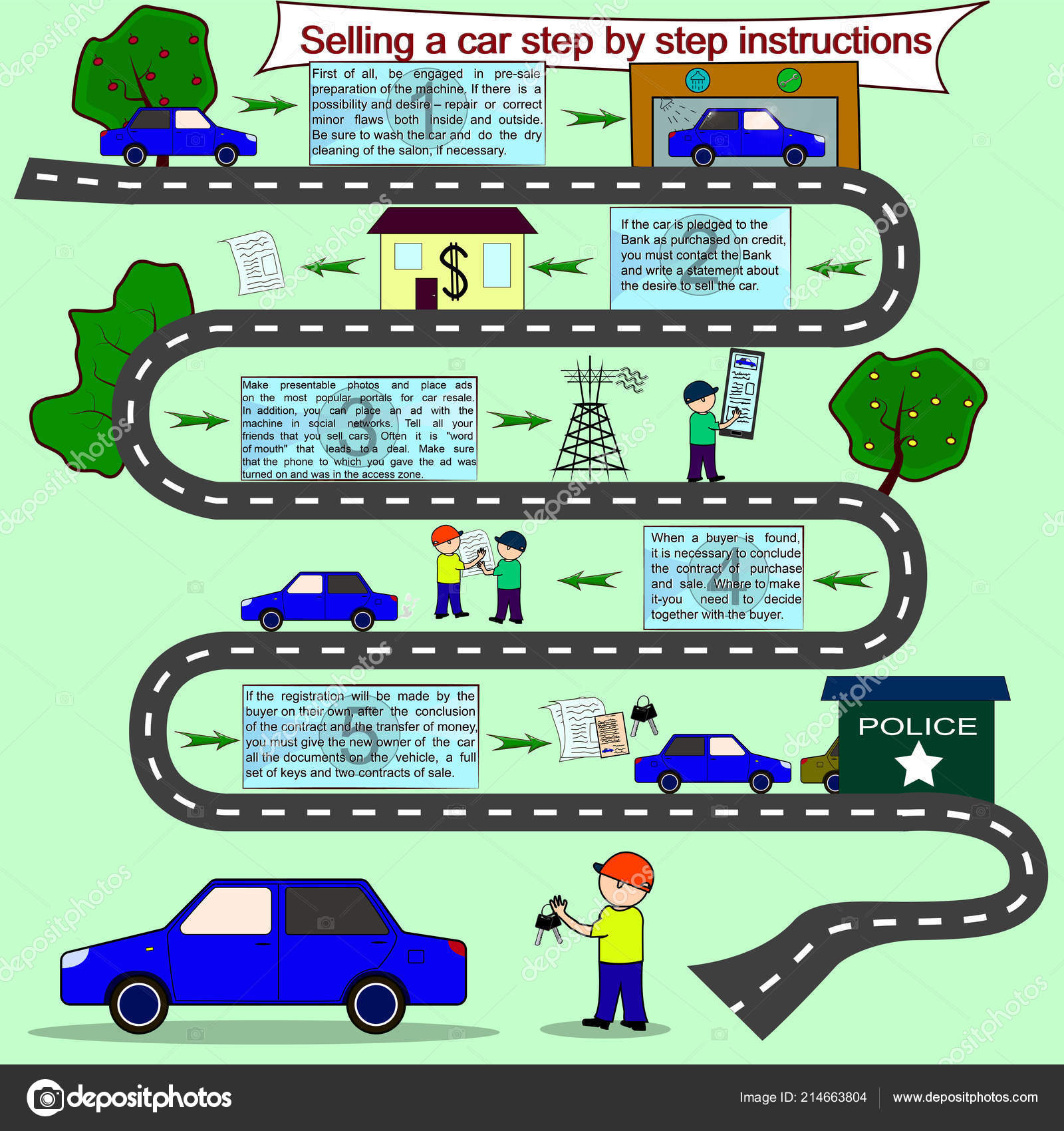Analyzing Your Automobile'S Caution Indicators: What They Truly Communicate
Analyzing Your Automobile'S Caution Indicators: What They Truly Communicate
Blog Article
Content Create By-Higgins Forbes
When you lag the wheel, those beautiful caution lights on your dashboard can be a bit complicated. Do you recognize what they're trying to inform you about your car's health? Recognizing the value of these lights is essential for your security and the longevity of your lorry. So, the following time one of those lights appears, would not you intend to decipher its message accurately and take the needed steps to resolve it?
Common Caution Lighting and Interpretations
Identify usual warning lights in your automobile and recognize their definitions to make certain safe driving.
The most common caution lights include the check engine light, which signifies issues with the engine or exhausts system. If this light comes on, it's essential to have your automobile examined immediately.
The oil pressure cautioning light suggests low oil stress, needing prompt focus to stop engine damage.
A flashing battery light could suggest a malfunctioning charging system, possibly leaving you stranded if not addressed.
The tire pressure tracking system (TPMS) light signals you to low tire pressure, influencing vehicle stability and gas efficiency. Disregarding this might result in unsafe driving problems.
The abdominal muscle light indicates an issue with the anti-lock braking system, jeopardizing your capability to quit rapidly in emergencies.
Lastly, the coolant temperature cautioning light warns of engine getting too hot, which can result in extreme damages otherwise fixed promptly.
Recognizing these common caution lights will aid you address problems without delay and preserve risk-free driving problems.
Relevance of Prompt Interest
Comprehending the typical caution lights in your cars and truck is only the first step; the importance of promptly addressing these warnings can not be highlighted sufficient to guarantee your safety and security when traveling.
When https://oil-change-service-near-m96173.aboutyoublog.com/33361018/are-you-pondering-the-importance-of-auto-detailing-in-relation-to-your-auto-s-resale-value illuminates on your control panel, it's your vehicle's way of connecting a prospective concern that requires focus. Disregarding these cautions can result in a lot more extreme problems down the road, jeopardizing your security and potentially costing you a lot more in repairs.
Motivate interest to warning lights can protect against failures and mishaps. For https://felixwoibt.blogtov.com/11685559/dental-braces-yourself-for-an-eye-opening-exploration-of-car-repair-service-including-unforeseen-searchings-for-that-will-certainly-change-your-understanding-you-will-not-believe-what-you-have-actually-been-missing-out-on , a blinking check engine light could suggest a misfire that, if left ignored, can create damage to the catalytic converter. Resolving this quickly can conserve you from an expensive repair.
In a similar way, a brake system warning light may signal reduced brake fluid or worn brake pads, essential parts for your safety when driving.
Do It Yourself Troubleshooting Tips
If you discover a warning light on your control panel, there are a couple of DIY troubleshooting ideas you can try prior to seeking specialist help.
The primary step is to consult your car's guidebook to understand what the particular caution light indicates. In some cases the problem can be as basic as a loose gas cap causing the check engine light. Tightening up the gas cap may deal with the issue.
One more usual problem is a reduced battery, which can cause numerous alerting lights. Examining the battery links for corrosion and ensuring they're protected could take care of the problem.
If a warning light persists, you can try resetting it by disconnecting the car's battery for a few mins and afterwards reconnecting it. Additionally, checking your lorry's fluid levels, such as oil, coolant, and brake fluid, can assist troubleshoot cautioning lights connected to these systems.
Final thought
Finally, understanding your cars and truck's warning lights is important for maintaining your car running efficiently and safely. By quickly resolving these alerts and knowing what they suggest, you can prevent costly repairs and potential malfunctions.
Bear in mind to consult your automobile's handbook for specific details on each warning light and act appropriately to make certain a trouble-free driving experience.
Stay educated, remain safe when traveling!
